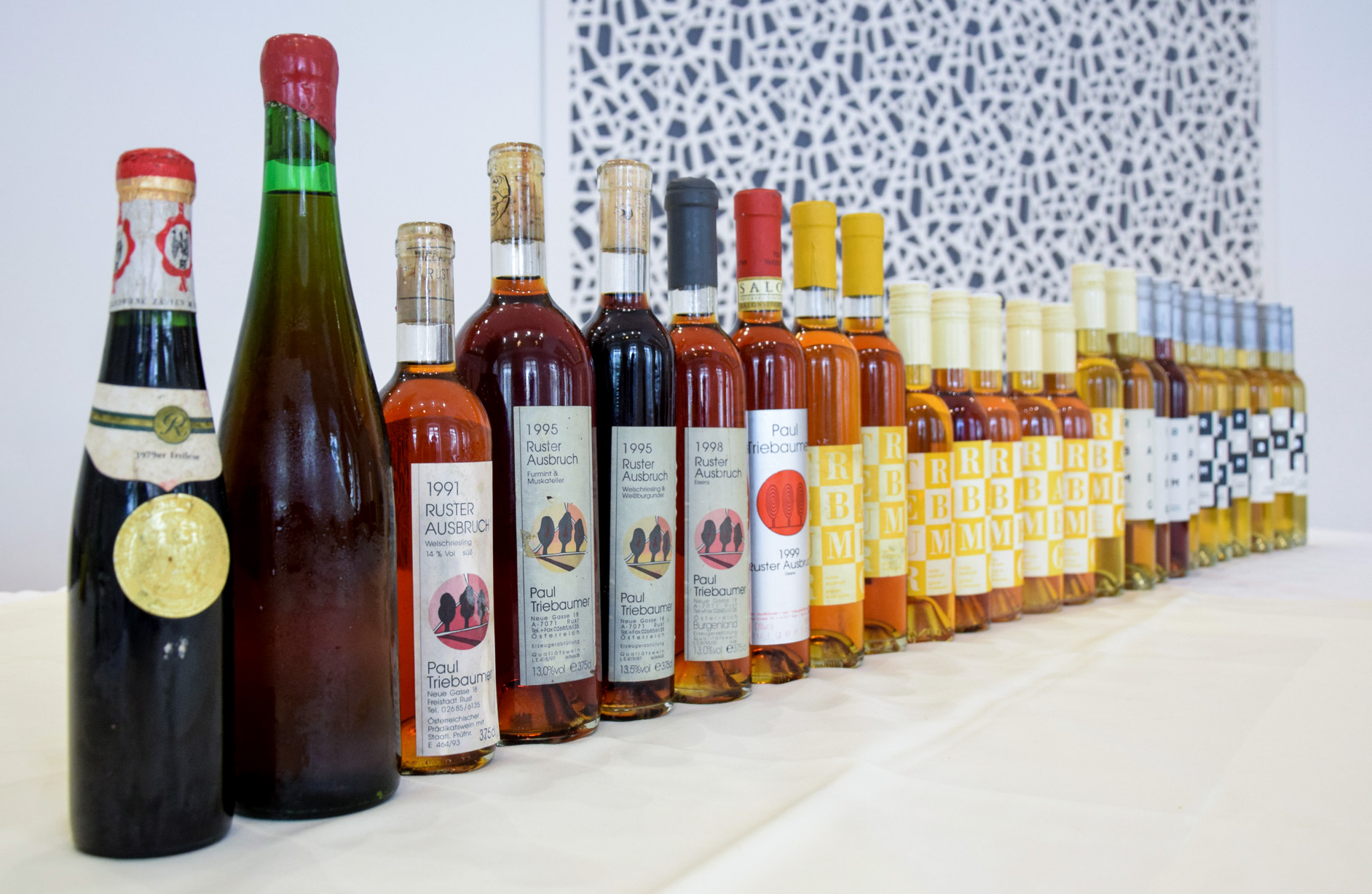Ruster Ausbruch + 500 years of Rust „R“: Why Rust is different.

Yes, these were eventful times at the end of the 15th and beginning of the 16th century. In many countries across the continent, there were calls for the Catholic Church and the Christian religion to be reformed. New ideas spread from the Baltic to the Mediterranean, mainly via the tried and tested trade routes.
Europeans set out to explore the world's oceans. The Ottomans set out to subjugate Central Europe and were already in the centre of Hungary. As a result, and also due to numerous peasant uprisings within the country, the Hungarian royal family needed enormous funds to finance the war. Queen Maria, or one of her advisors, developed a simple but effective business model: selling privileges. At this time, viticulture was experiencing a real boom and even small wine-growing villages in favourable locations were able to achieve a certain level of prosperity.

Wine was traded using ox or horse-drawn carts in barrels. Wherever the respective territorial princes deemed it necessary, sometimes heavy duties and taxes had to be paid.These territorial lords were in turn subject to the Hungarian royal house, which, to their displeasure, began to collect taxes and customs duties directly and thus circumvent the regional rulers. So it was that in 1524, exactly half a millennium ago, three communities from what is now northern Burgenland paid large sums of money to the monarch and were henceforth allowed to brand their barrels as a sign of free delivery of goods, especially to the north and east as far as the Baltic.
In the case of Rust, this was of course a milestone. But just one in a whole series of development steps with the aim of achieving more independence and self-determination.
A few years earlier, the people of Rust had already bought the right to hold a market, a whole bundle of small privileges. At the same time, the small community also paid for the right to fortify itself. In times when mounted raids from the east could come at any time, this was a considerable step forward in terms of security and self-assertion against the regional nobility.To this day, the historical form of settlement in the flat eastern part of Austria is a densely packed one, so that even without defence walls, at least with barn wall to barn wall - equipped with embrasures - a minimum level of protection can be achieved.
In Rust, these walls still exist almost in their entirety! The rapidly spreading Reformation and Lutheran ideas also went hand in hand with these endeavours.
Even in the decades before 1524, the small, close-knit Rust community of farmers, craftsmen and (wine) merchants institutionalised a system of ‘worship wines’ and ‘worship sums’ to promote their own views and needs.
The burning of the letters CR into wine barrels as a sign of privileged origin was the outward symbol of what had already been achieved by the ‘Civitas Rustensis’ - the citizens of Rust. The original branding iron with the initials ‘CR’ and the original charter dated 27 June 1524 have been preserved to this day.
The master plan, however, was independence from landlordism and bishop's despotism. Over the course of the next century and a half, enormous, even spectacular efforts were made, culminating in the town being granted the title of royal Hungarian free city on 3 December 1681. One of the side effects was the continued existence of the Protestant faith even in times of constant and bloody counter-reformation up to the time of Maria Theresa.
The results of these developments and events are still felt today in the economy, politics, religion and self-image of Rust.
The initiators of the Privilege Trade of 1524 were only able to profit from their business model for a very short time. This was because the disastrous defeat of the Hungarian army against an Ottoman superior force in 1526 at Mohács in southern Hungary led to the extinction of the Hungarian line of the Jagellon dynasty. They were replaced by a certain House of Habsburg in the form of a dual monarchy until 1918.
The long curved Ruster ‘R’ still adorns corks, labels, brochures and much more today. A trade mark for 500 years. And the Ruster Ausbruch - the stuff that made all this possible in the first place - is more alive today than ever before.